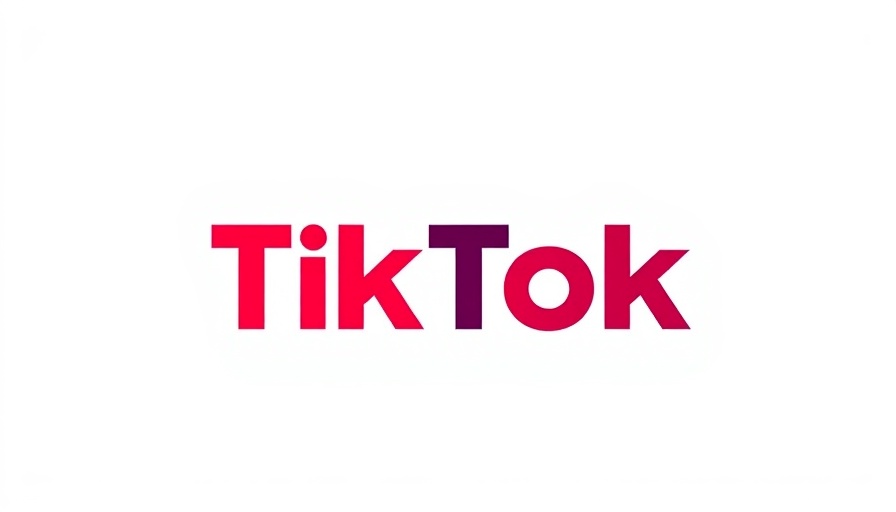
Meta’s Political Ad Ban: What Parents Need to Know
In a bold move prompted by new EU regulations, Meta has announced that it will ban all political, electoral, and social issue ads in Europe starting October this year. For parents of school-aged children, this decision holds implications that stretch beyond social media sales pitches, potentially altering the landscape of political discourse in online spaces.
The New EU Regulations: Enhanced Transparency
The EU’s Transparency and Targeting of Political Advertising (TTPA) set to come into effect on October 10th, imposes strict guidelines on how political ads must be managed. These regulations require platforms to disclose who paid for an ad and how it was targeted to specific audiences. This means that, moving forward, parents and guardians will likely find it harder to encounter political ads tailored to manipulate or influence discussions around issues affecting families, such as education policy or welfare programs.
Why Does This Matter for Families?
Understanding these new advertising constraints is crucial for parents. Emotional and social issues can be triggered by political advertising, making users—especially young minds—more vulnerable to misleading narratives. As Meta highlights, the ole of personalized advertising may wane, potentially leading to less relevant messages being shown. For families debating big topics like school funding, or community support systems, a less visible presence online could mean losing a vital voice in discourse that directly affects them.
Potential Challenges and Complexities Ahead
The obligations brought about by the EU's TTPA don't just make life challenging for Meta; they complicate the advertising environment for every digital platform operating in the region. Many companies, including those run by parents, rely on targeted advertising for outreach. A more restrictive advertising ecosystem could result in higher costs and reduced efficacy for businesses and social campaigns aiming to connect with local communities.
Meta’s Reaction: A Call to Action for Parents
Meta's frustration with the TTPA has been palpable. They've stated that these new rules introduce levels of complexity that could render reaching audiences “untargeted” and “less relevant.” For parents involved in advocacy or those who engage with political content regarding children’s issues or educational resources, ensuring effective outreach through social media will become more cumbersome. As a result, it’s crucial for parents to stay informed and possibly join forces to express their views on how to engage meaningfully with policymakers in the absence of robust political advertising.
Concluding Thoughts on Political Discourse Online
The decision to ban political ads necessitates a deeper discussion about how families consume information online. Considering that parents are often the primary educators of their children—navigating through complex political issues and social narratives—it may be wise to seek out new avenues for information. Engaging in community discussions, attending town hall meetings, and leveraging non-profit advocacy platforms could offer more reliable methods for staying informed and protecting young audiences from potentially manipulative messaging.
Ultimately, while Meta's move might seem to streamline political content, it places a burden on families to re-evaluate how they engage with political discussions—both online and offline. Given the shifting digital landscape, staying proactive in discussing these developments is essential to ensure that the voices of parents and their children remain heard.
 Add Row
Add Row  Add
Add 




Write A Comment